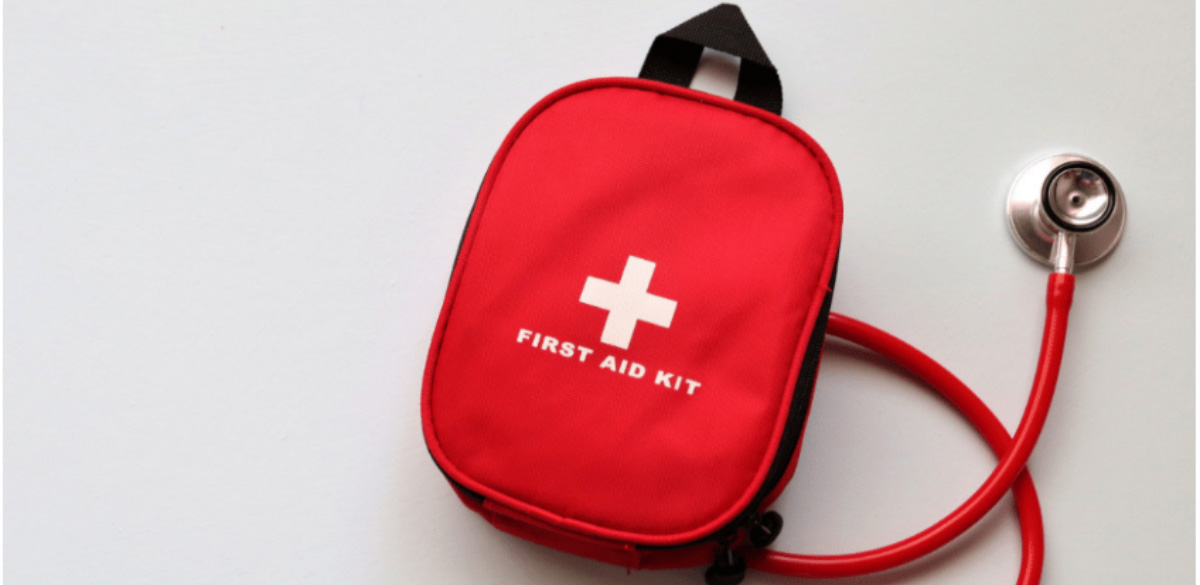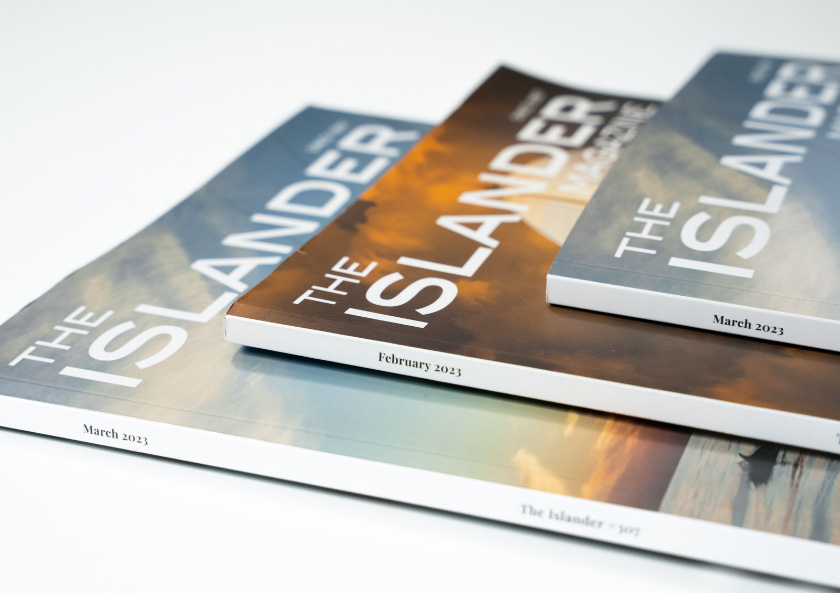Coffee break training is a monthly, easy read during a cup of tea/coffee or a break during the day. It should never be stressful but should spark a conversation and more research between crew, along with adding knowledge to your medical tool kit.
Our Initial Assessment: Not always glamorous, but vital
When we, as the first responders, arrive at an emergency, every second counts. We need to act fast to help the person in need. One of the primary things we do is check the person’s vital signs and conduct a hands-on assessment. This involves measuring heart rate, blood pressure, blood oxygen and sugar levels, temperature, and respirations, as well as looking at and touching the person to see if anything seems amiss. Let’s discuss why this is so important.
The very first thing we learn in our training is not to become another patient by putting ourselves into a hazardous situation. It needs to be without hesitation to make sure the scene is safe before we take any actions. The thought process of “do I see, smell or hear anything that could be hazardous to me or my co-responders”. Then we can move onto our initial assessment.
Assessment:
I often recall the four-year-old girl who was involved in an auto accident. She was riding with her grandmother when their car struck a tree. She wore a little yellow sundress, which I hesitated to cut off to check for injuries. With my crew beside me, I employed a practiced, organized hands-on assessment method I had learned during my training. Upon examining her lower abdomen, she mentioned a slight pain. As I gently palpated the area, she pulled away and winced. This prompted further investigation. After visually inspecting the area, we observed a purple line across her stomach – a result of the lap seatbelt causing internal trauma, as the shoulder strap had been tucked behind her.
Understanding Vital Signs:
Vital signs are like the body’s clues about what’s happening internally. They include heart rate, blood pressure, respiratory rate, and temperature. These signs provide first responders with insights into the person’s cardiac, pulmonary, and general health status. For instance, an abnormal heart rate could signify cardiac distress. Aberrant breathing patterns might indicate respiratory difficulties.
Quickly checking these signs enables us as primary responders to gauge the seriousness of the situation and determine the kind of assistance required, including whether immediate advanced care is necessary.
The Role of Hands-On Assessment:
Although vital signs offer substantial information, the first responders also rely on visual inspection and palpation to understand the full extent of the situation. This hands-on assessment can uncover injuries or conditions that vital signs alone might not reveal.
For example, palpating a person’s abdomen can help detect internal bleeding or trauma. Observing how a person reacts can signal a possible stroke or a deteriorating condition. These tactile assessments complement the vital signs to form a complete picture of the patient’s health.
Why Speed Matters:
In emergencies, time is of the essence. The concept of the ‘golden hour’ in emergency medicine refers to the crucial first hour after an injury or health event. The actions taken during this period can significantly influence the patient’s recovery prospects.
Inadequate practice of medical drills can lead to hesitation in asking critical questions. It’s imperative to call for additional responders upon recognizing an incident that requires a more comprehensive assessment. One of my go-to questions is, “Has this ever happened before?” If so, “What was the diagnosis, and what treatment was provided?” Answers to these can guide our initial treatment approach.
Conclusion:
Ultimately, checking vital signs and performing a hands-on assessment are essential at every incident. Mastery of these skills is crucial for every team member and requires continuous training. It’s often said that under stress, you will revert to your most basic training. Therefore, ingraining these skills through lifelong practice is essential.
























0 Comments